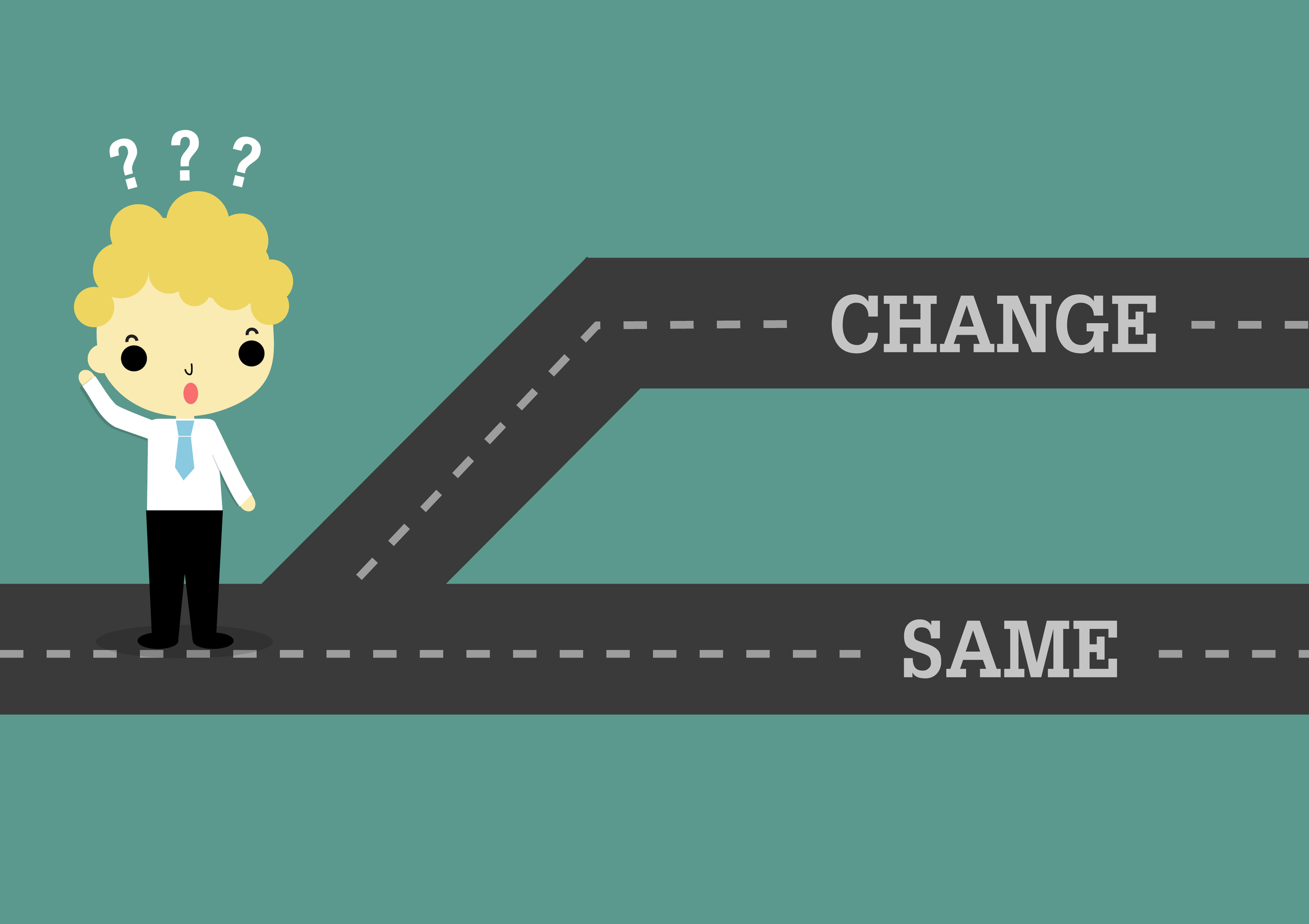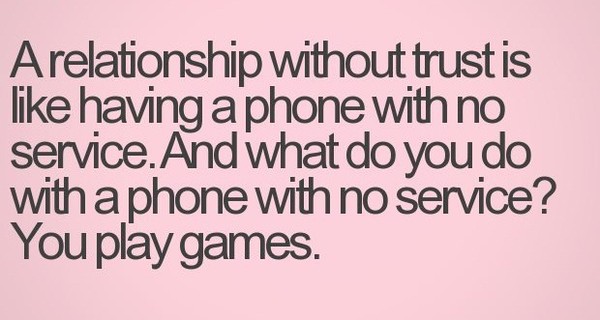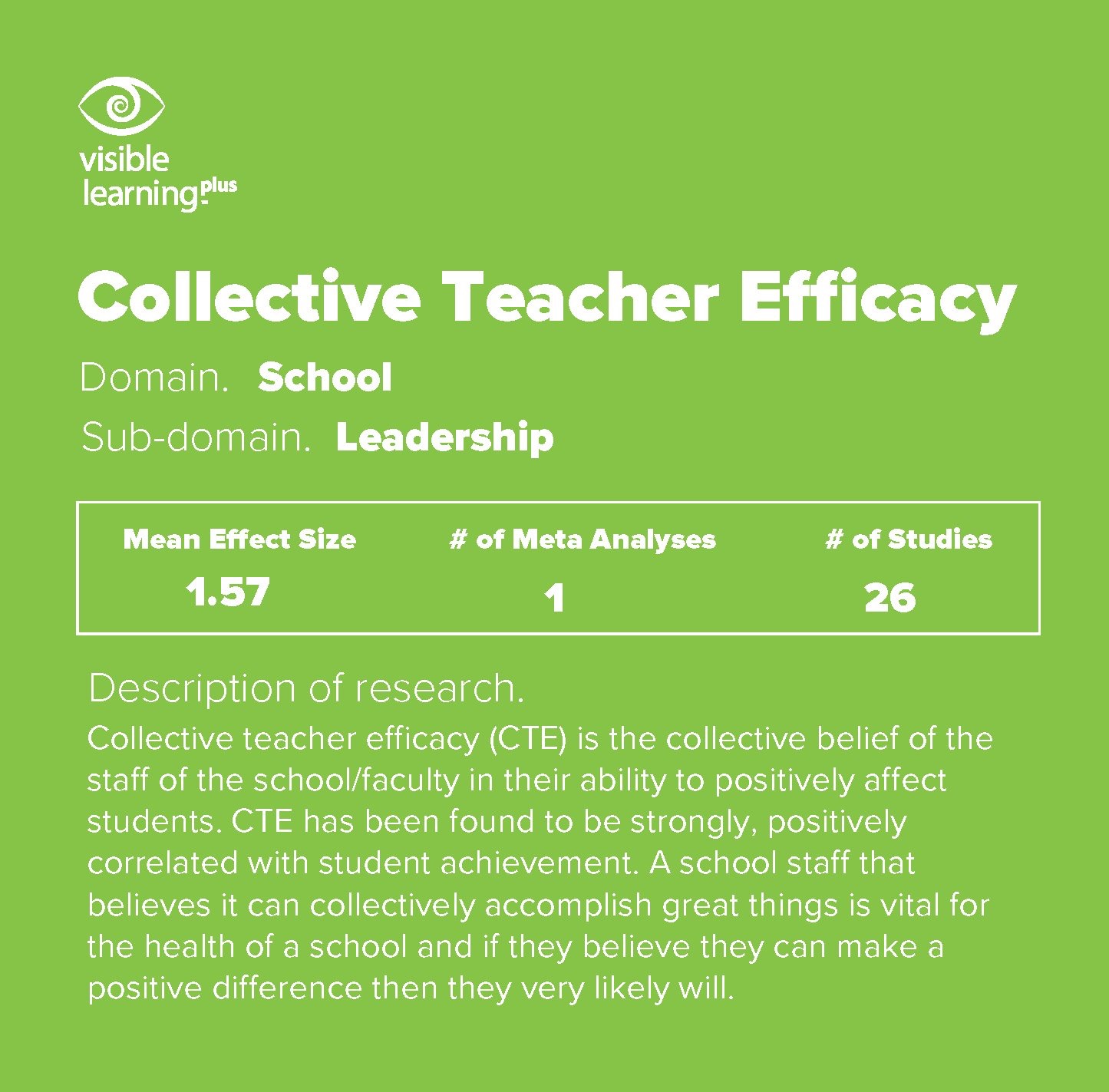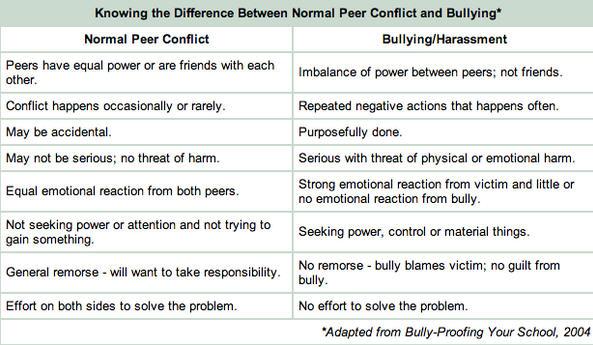Key learning from Shared Solutions and Learning for All.
- Conflict can be avoided with effective communication and a positive community.
- Collective Teacher Efficacy is the number one influence related to student achievement.
- Positive Relationships improves student learning.
What do they all have in common?
The deeply held belief that all students can learn despite their circumstances!
Just to confirm there is a lot of staff that might say superficially that they believe that all students can learn but to truly be of that opinion you have to understand that if the student is not learning it is because the adult has put up barriers.
What? Did I hear that correctly? The teacher has put up barriers causing the student not to learn. Let's dissect what it means for the education system to put up barriers.
If all kids can learn then why do we end up sitting in meetings to discuss the students who are struggling to learn? If we are a strong believer of the statement, then the meeting will be focused on what the teacher needs to do to adjust the learning environment instead of what the child is doing to stop themselves from learning.
When the conversation shifts to the student's choices and inability to want to learn then the problem lies in the belief of the staff and not in the children.
Think about a recent team meeting you have sat in. What statements do you hear during those meetings? Do they sound like the following?
He doesn't do his homework.
The parents are not helping her at home.
She doesn't practice reading at night like I suggested.
The parents have asked for homework and it never comes back completed.
He is never paying attention in class.
I'm constantly telling her to stop talking and to listen.
She never puts in effort to complete her work.
The message in these statements are the same - the student is not learning because they are choosing not to participate in their learning. If that is the argument being made then can we justify the belief that all students can learn?
The statements above absolve the teacher of their responsibility for student learning. The message is that the student is choosing not to learn and it's not my fault they are failing.
In contrast, a teacher who truly believes that all children can learn will use the meeting to ask what am I doing to stop the learning and what can I do next. I have done everything I can and I'm here to get more ideas. The focus shifts from the student choosing not to learn to the adult wanting to break down barriers in the learning environment so that the child can learn.
How can administrators build a positive community whereby the core value "All children can learn" is put into practice?
Provide an engaging and safe space to take risks. A positive community of co-learners is built over time by fostering relationships where educators "feel safe to be vulnerable" and take risks as they learn.
Have high expectations for all learners that includes yourself. Staff need to know you believe in their potential.
Staff need to see themselves as co-learners and be willing to:
- exchange learning and insights within and between roles
- engage in focused conversations about learning
- ask thoughtful questions and reflect on current practice
- come to common understandings about instructional and collaborative practices
References:


















